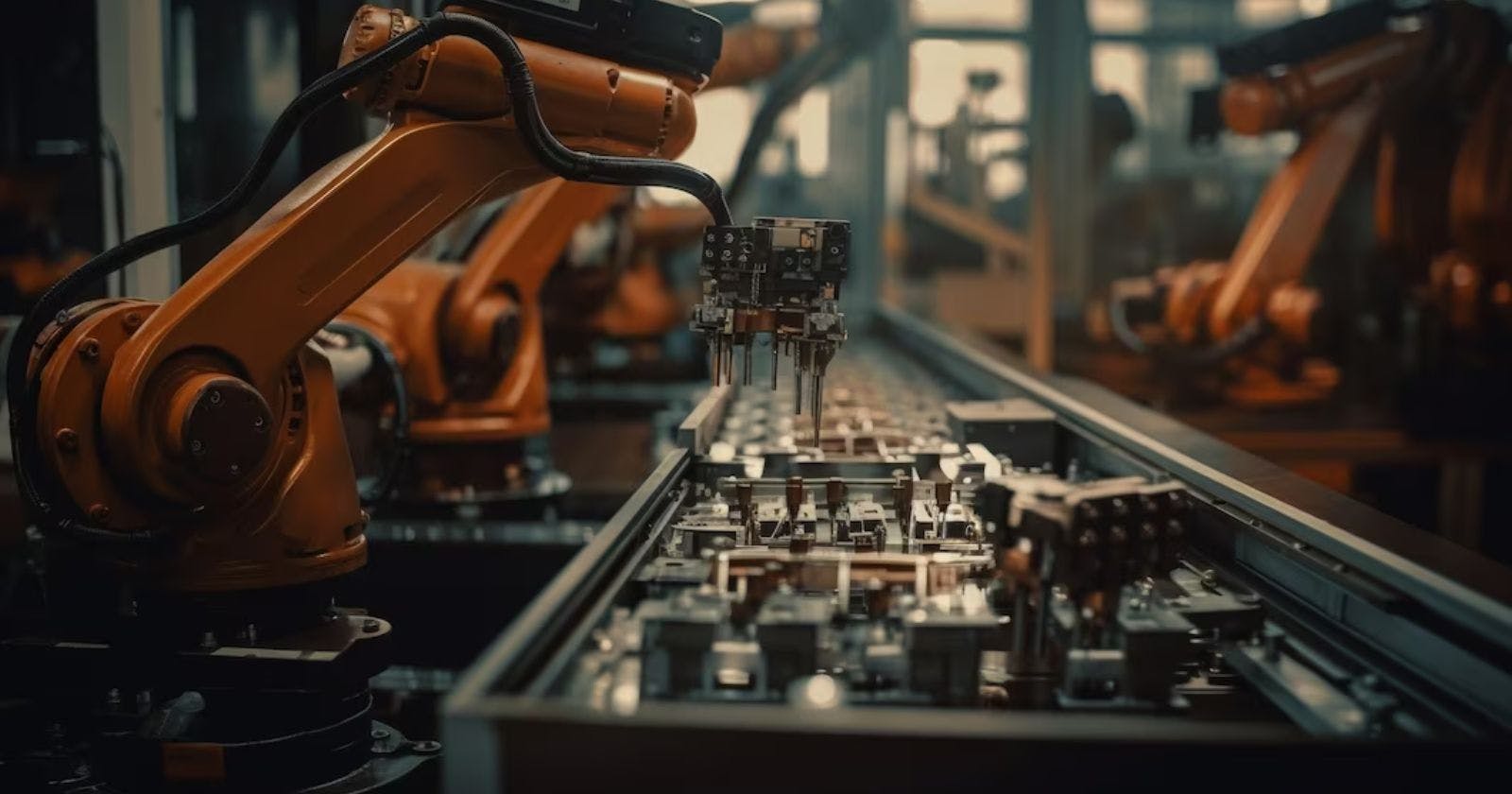Democratizing Automation with No-Code Platforms

Imagine having the power to automate repetitive tasks in your life with just a few clicks, no coding required. That future is arriving through no-code automation platforms. These tools allow anyone to set up workflows and bots to handle digital busywork, freeing up more time for meaningful work.
What is No-Code Automation?
No-code automation refers to platforms that enable building automated processes like data entry, web scraping, email parsing, form submission, and more without needing to write any code. It utilizes a visual, drag-and-drop interface to connect app building blocks.
For example, you can automate sending out a weekly newsletter by setting up a sequence that grabs subscriber data from a spreadsheet, populates templates, and emails them out on Fridays - all configured through menu clicks rather than coding scripts.
The rapid rise of no-code automation is democratizing technology, putting more power and capability into the hands of ordinary people.
Why No-Code Automation Matters
Automation holds incredible potential to augment human productivity and creativity. But for decades, the ability to automate tasks has been gated behind technical skills like programming. No-code automation removes that barrier fully, making automation available to all.
This matters because it allows more people to benefit from the efficiencies and scale automation provides. Students can automate social media posting to support their budding business. Non-technical professionals can eliminate repetitive admin work to focus on high-value projects. Anyone with an idea can templatize processes to improve consistency and free up the cognitive load.
Potentials and Use Cases
Here are some potential and real-world use cases showing the promise of no-code process automation:
Streamlining Business Operations
Auto-sync inventory, orders, and customer data between e-commerce platforms, warehouses, and accounting software
Schedule and automate email drip campaigns for subscribers and customers
Parse invoices and receipts to auto-populate bookkeeping systems
Automate data entry and transfers between business apps to cut manual hassle
For example, Craft Interactive, a UAE-based technology and consulting firm, specializes in ERPNext solutions that help businesses automate and integrate these processes, reducing manual effort and improving efficiency.
Personal Productivity Workflows
Auto-back up important photos and documents to cloud storage weekly
Schedule motivational morning texts to yourself before big events
Grab weather and commute data to auto-populate your calendar
Automate posting your latest Instagram photos to Twitter
Enhancing Creative Work
Auto-resize and watermark photos for publishing
Scrape online research and format into a Word doc
Auto-generate new blog post ideas from Pocket tags
Create personalized outreach templates for networking
And many more applications...
Challenges to Consider
While no-code automation holds much potential to enhance productivity, some downsides need consideration:
Displacement of jobs: As more tasks get automated, human roles focused on those repetitive tasks may face displacement. Companies will need to consider re-training and job transition plans.
Errors and oversight: Automated sequences can propagate errors and wander into unintended behavior without the oversight of technical experts. Users need caution, testing, and checks.
Security and governance: With more access to automation, guardrails need governance about what activities are acceptable or not. Security vetting will grow as a concern.
The Future with Automation for All
Democratized automation stands to reshape how we work and live. As no-code platforms progress, more creative uses will emerge from all corners of society.
Tasks once requiring specialized technical skills will become automated building blocks, configurable to meet each person’s needs. This augmented capability can help unleash human potential by reducing drudge work and empowering more people to create, explore ideas, and pursue their passions.
But we must guide this future wisely — addressing job displacement, building governance, and democratizing capability access. If we steer appropriately, no-code automation may help birth an era of shared prosperity.
I hope this overview of the potentials and challenges with the growing no-code automation trend has provided a useful perspective.
Let me know if you have any other questions.
 Develop and Solve
Develop and Solve